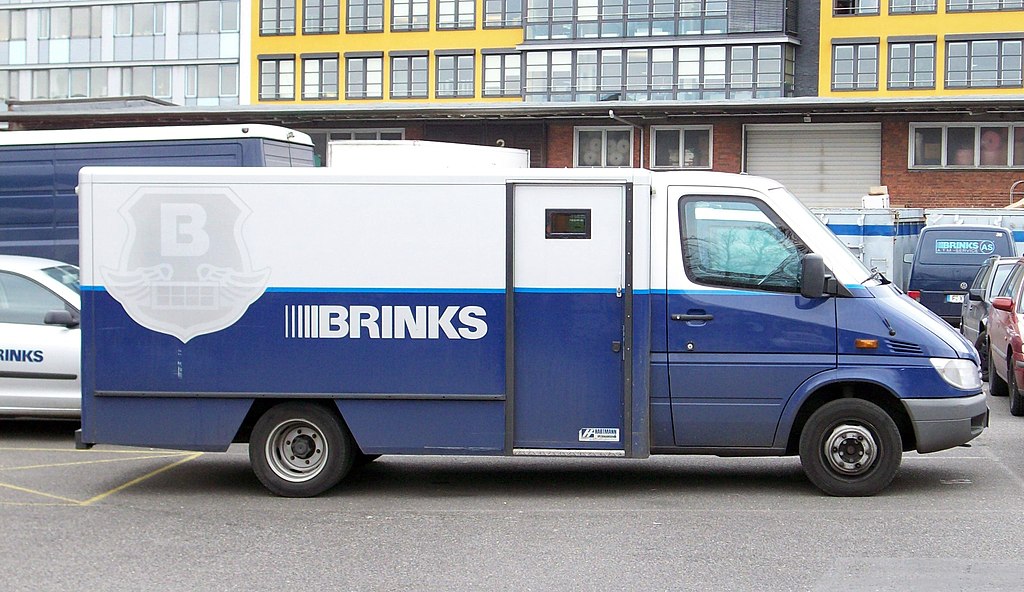
Image Credit: GeorgHH, CC BY-SA 3.0, via Wikimedia Commons
By Saul Roth
In the early morning hours of October 20th, 1981, approximately 20 masked men charged through the front doors of a Brinks truck depot on Chestnut Street in Rochester, New York. The group, identified as members of the Black Liberation Army, was armed with automatic weapons and worked quickly to tie up the five employees inside and cover the windows with sheets. The men proceeded to load three Brinks trucks with six-million dollars in cash and bonds, making this robbery the largest theft in the history of the United States at the time.
The Black Liberation Army was a militant, left-wing organization comprised of former members of the Black Panther Party and the Revolutionary Action Movement, both of which were founded in the mid-1960s in response to police brutality and racial discrimination. The members of the BLA sought to create an all-black nation, independent from white control and government oppression.
As the largest arm of the BLA, the armed wing of the organization was responsible for several acts of politically-motivated violence throughout the 1970s. Their goal during the Brinks truck robbery was to use the money to fund the formation of a black socialist republic in the United States. However, the group had forgotten to account for the fact that the truck depot’s security system had already been activated, which alerted the police and the FBI to the crime and allowed them to respond quickly.
Despite the presence of law enforcement, the Black Liberation Army continued to load the three trucks and drove off without incident. It wasn’t until the following morning when authorities discovered the robbed Brinks trucks, and over the next few days, police departments across the United States pursued and arrested 17 of the 20 BLA members involved in the robbery. Of the remaining three, one was killed in a shoot-out with police officers and two disappeared and have remained at large.
In the end, only one-fifth of the money stolen during the Brinks truck robbery was recovered. However, the success of the police investigation was praised as a “slick example of interagency cooperation” and led to stricter regulations in the banking industry for future robberies.
The trial for the 17 arrested BLA members began in 1983, when most pleaded guilty and received sentences ranging from five to 45 years in prison. However, the most significant sentence belonged to BLA leader, Assata Shakur. Despite not being present during the robbery, Shakur was sentenced to 70 years for her involvement in the organization and aiding in the robbery’s execution. Twelve years later, she escaped from a New Jersey prison and fled to Cuba where she has been living in exile since 1984.
The Brinks Robbery is one of the most notorious crimes in U.S. history.

Recent Comments